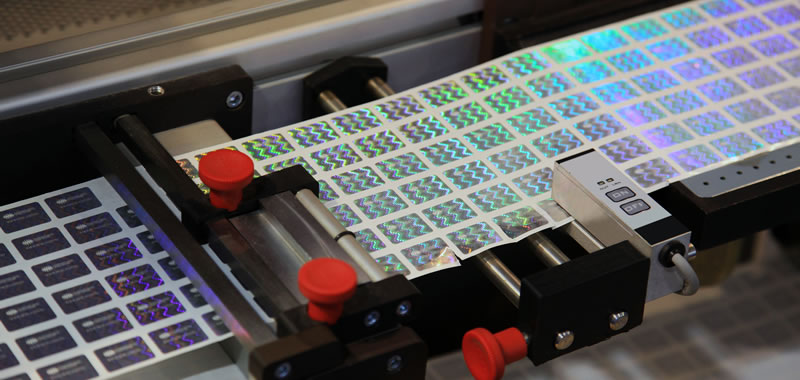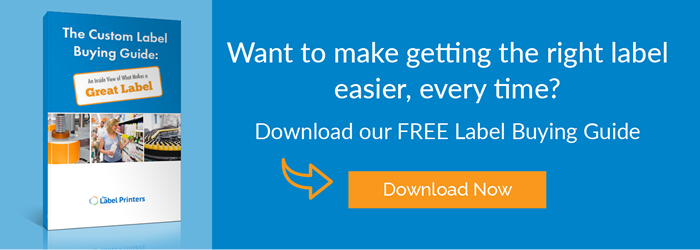
Your brand is much more than your logo, font, or colors. Your brand is the totality of your customers’ experiences with and expectations of your products. As countless marketing gurus point out, your brand is a promise — a promise of quality and credibility.
A strong brand tells customers what to expect from a product. But problems arise when others attempt to co-opt your company’s hard-won reputation by applying your brand (or elements of it) to their products.
The Need for Brand Protection in the 21st Century
Experienced companies have always jealously guarded their brands. But many aspects of the modern marketplace also present challenges for brand protection:
- Black market counterfeit products are sold every day on countless e-commerce sites.
- An equally large problem exists with gray market sellers offering branded products that they are not properly authorized to sell.
- Convenient shipping and easy electronic communications have made it easier to move products to markets for which they weren’t intended.
- Nefarious individuals and organizations can set up spoof websites and social media accounts to mimic a brand online and mislead customers.
- Printing technology allows counterfeiters to replicate packaging and labels with higher fidelity than ever before.
As we reported earlier this year, counterfeit goods may cost the global economy as much as a quarter-trillion dollars. And it’s not just handbags and fragrances that are being copied: Makers of food and beverages, electronics, and — perhaps most troublingly — pharmaceuticals are increasingly falling victim to counterfeiters. Each time a counterfeit product is sold, the original company’s reputation erodes and its brand weakens just a little bit more.
Sales on the so-called “gray market” can also lessen a company’s trustworthiness and revenue. Gray market sales occur when products are diverted from their intended distribution channels. For example, products bound for South America may be redirected to North America, where an unauthorized reseller can undercut authorized resellers on price.
Gray market activity can hurt a company’s brand because it prevents the company from controlling where and to whom their products are sold. When a product is sold into an unintended market, warranties, usage instructions, and regulatory compliance can be jeopardized.
How Security Labels Help with Brand Protection
Your brand emerges from so many different aspects of your company that brand protection is best done as a top-down strategy that touches every part of your operation. A complete brand protection plan can include tactics like trademarking and patenting. But we’re label printing experts, so here we’ll focus on the ways you can use security label technology to protect your brand, especially from counterfeiting and the gray market.
Security labels draw on an arsenal of hidden and obvious features to help brands uphold the integrity of their products throughout the supply chain. They also help customers verify the authenticity of their purchases.
What Kind of Security Labels Do You Need to Protect Your Brand?
A “kitchen sink” approach may be reassuring, but as with every business decision, you must balance cost with genuine need. An expert in label printing and brand protection can help you choose security labels that will fit your budget while striking back against those who would subvert your brand.
Your brand protection expert might recommend:
- Serialization, which provides a unique identifier for each item in a brand protection program is almost always the starting point.
- Color-shifting ink, which looks different from different angles. These effects are very difficult to reproduce.
- Barcodes, which can carry unique brand identification information and help you track your inventory.
- Microprint and “invisible” printing, in which words or other markings are printed either too small for the naked eye to read or with inks that become visible only under specific conditions.
- Specialty technologies, such as holography, lens effects, and diffraction. The best of these optically variable devices (OVDs) are so detailed and intricate, even the most adept counterfeiter will not succeed in copying them.
- Tamper-evident features that make it apparent when a label has been removed or packaging has been opened.
- Track and trace technology, that stores information useful to detect, prevent, and investigate diversion into the gray market.
Own Your Brand
If your company has been around a while, your brand may be the result of years of customer experiences, marketing experiments, and product improvements. If you’re launching a new product, your brand may be the thing that sets you apart from competitors. Either way, the strength of your brand is critical to your company’s success.
Your brand is worth protecting. To talk about solutions for keeping your brand safe in today’s global marketplace, contact us now.

